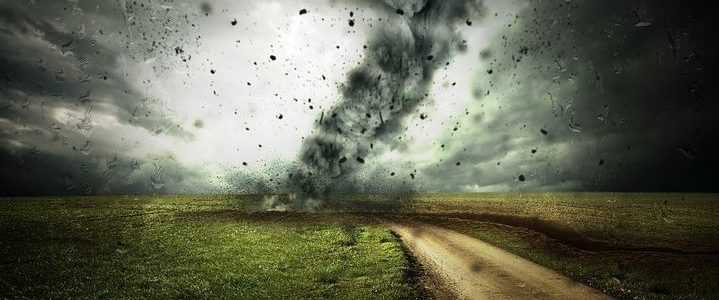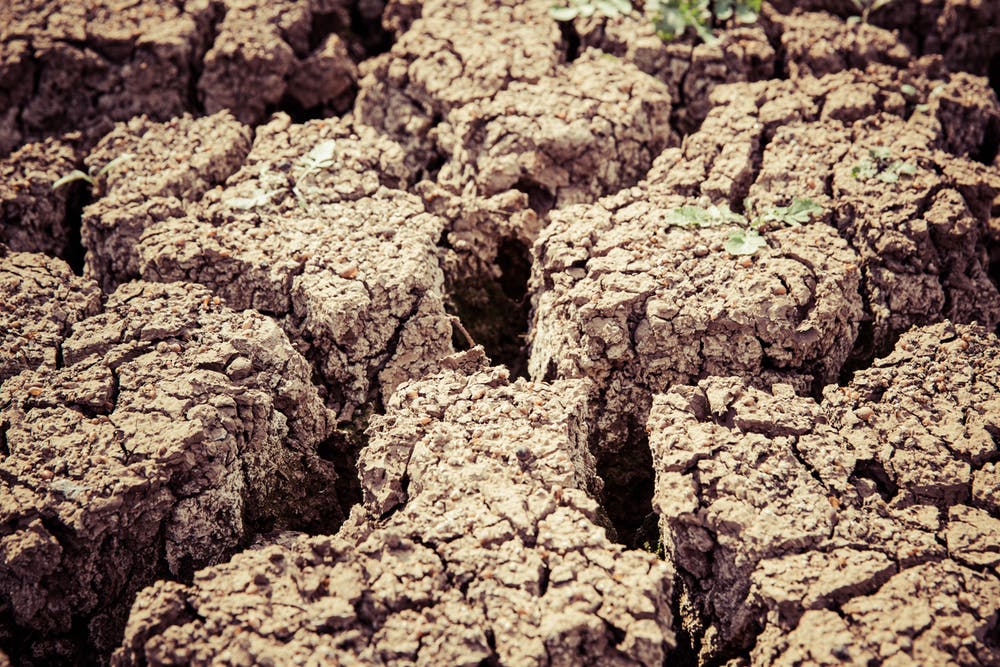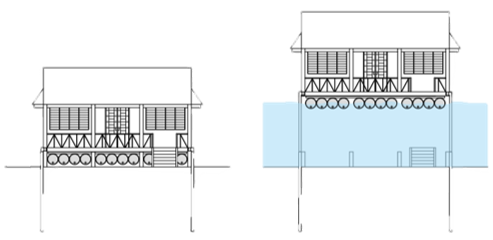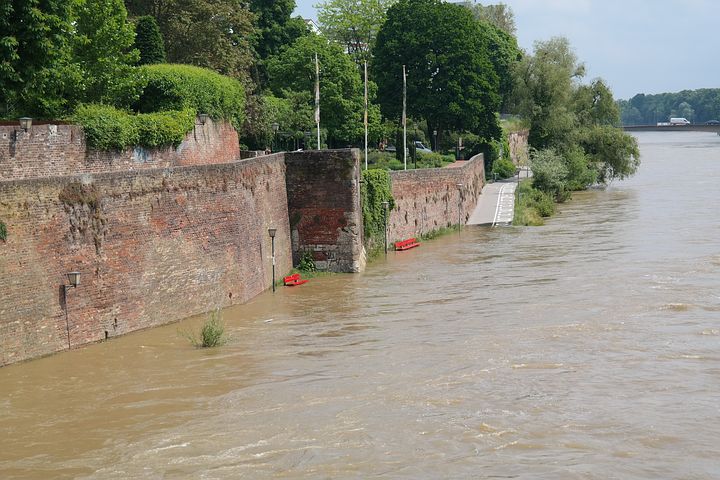
Though large-scale efforts to combat climate change are underway worldwide, the effects of a changing climate are also underway. Such a predicament requires simultaneous planning for the future and the present. Given the severity of recent natural disasters, a strong case can be made to prioritize planning for the present.
One of the foremost ways in which a changing climate affects people is rising global temperatures. With cities like Basra, Iraq, whose population is 2.5 million, experiencing prolonged periods above 50 degrees Celsius (122°F) on increasingly frequent occurrences, the threat of heat exhaustion is ever-present. Rising temperatures can also cause forest fires, drought and desertification.

Climate change also impacts flooding in a variety of ways. Rising sea levels cause an increased number of intense storms, which can have devastating effects on coastal habitations with impacts ranging from emergency rescues to loss of property. Though coastal flooding tends to dominate the headlines, inland flooding is not to be underestimated. The midwestern and southern United States experienced a historic flood in 2019 caused by a combination of unprecedented precipitation and unprecedented snow melt. Temperatures changed so quickly that most of the snow melted while the ground was still frozen several feet through, causing rain and snow melt to run across the land until it reached a water body rather than infiltrating into the soil.
In response to climate change, some people are advocating for a shorter work week as a solution. Projections from a NOAA study indicate that manual labor will be heavily impacted during the hottest parts of the year if temperatures rise more than 3 degrees Celsius. According to the study, the Arabian Peninsula, southern Asia, northern Australia, Western Africa and the southeastern United States are the most vulnerable areas.
In extreme circumstances, migration has been a response to climate change. Some of the chief causes are rising sea levels, desertification and drought.

A pilot project in the Mekong River delta in Vietnam led by the Buoyant Foundation Project retrofitted four houses with foundations that rise and fall with water levels as opposed to the traditional approach of using stilts. This project is part of a promising field in academic architecture seeking to adapt homes to the impacts of climate change while preserving their character.
Creating an emergency plan is a practical way to prepare for the unique characteristics of one’s local environment. Staying informed on local climatic conditions and monitoring local air quality conditions are other useful practices.
Most cities are still in the planning phase when it comes to seawalls and levees. Tokyo however, completed the construction of several super levees. These are essentially large-scale retrofits where existing levees are elongated by as much as a factor of 30. The city experienced a typhoon last autumn and some river flooding was still experienced.

Inland cities like Pittsburgh must prepare for floods in a different way. Pittsburgh’s city-wide green stormwater infrastructure efforts utilize city owned vacant lots and rainfall modeling software to determine locations to capture the most water possible during storms. This engineered vegetative infrastructure mimics natural systems by giving rainfall places to infiltrate in areas largely dominated by impervious surfaces. Another benefit is that it can also help mitigate urban heat island effect.
Those in emergency management are often the ones tasked with solving the real-time problems related to climate disasters. Some experts however, suggest that some organizations are using antiquated systems.
Heat planning is an emerging field that relies on weather forecasting, education and infrastructure improvements such as cool pavements and green roofs to improve the living conditions in areas suffering from urban heat island effect.
When one finds themself in an emergency, it’s hardly ever something they see coming and small amounts of preparedness can go a long way. Given that most regions have natural disasters typical to their locale, meditating on different responses to each is a good first step. Given that most all of the planning processes discussed seek public input, becoming involved in local adaptation efforts is a positive way to prepare. When more people join in helping to adapt, communities can move closer toward climate security.




